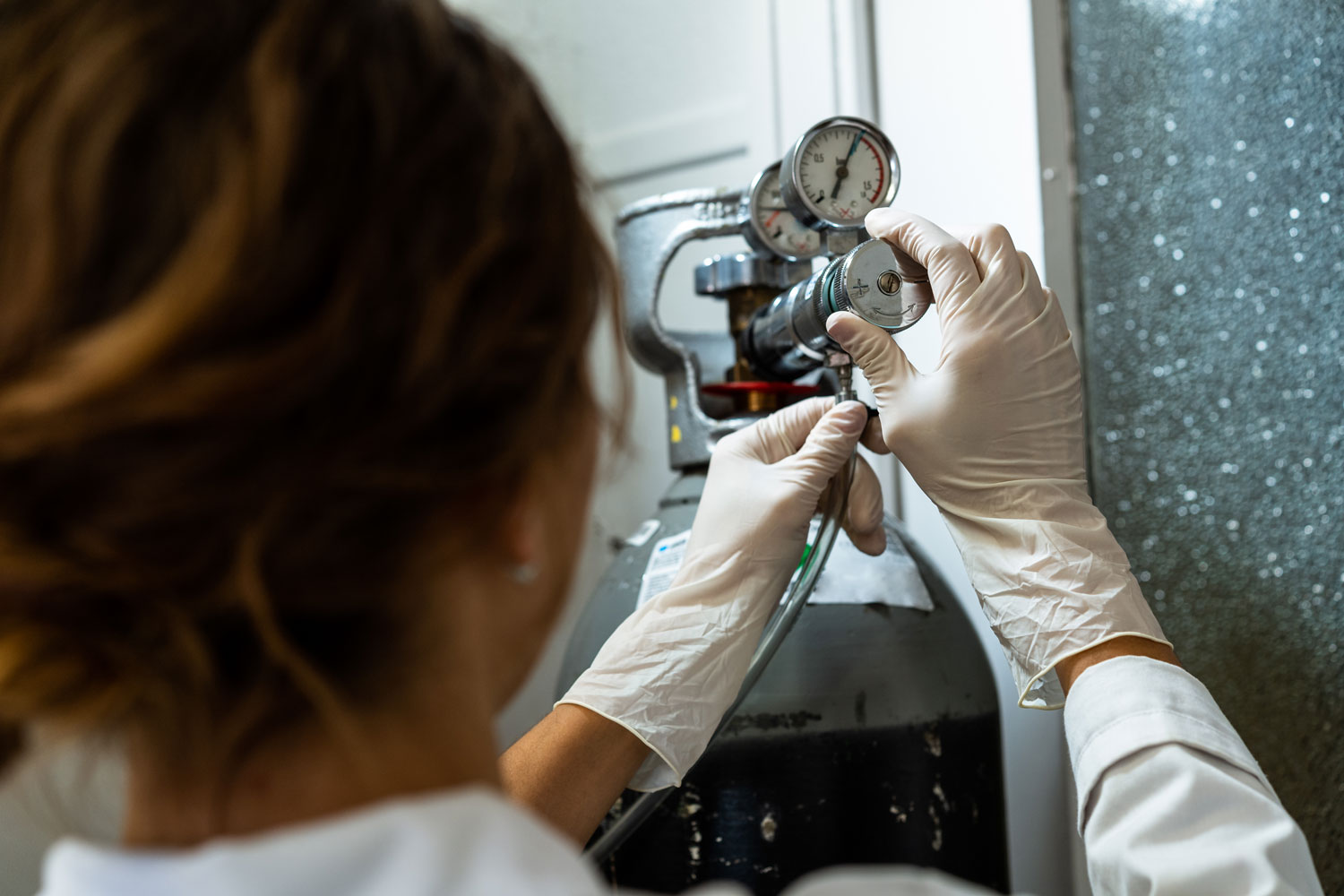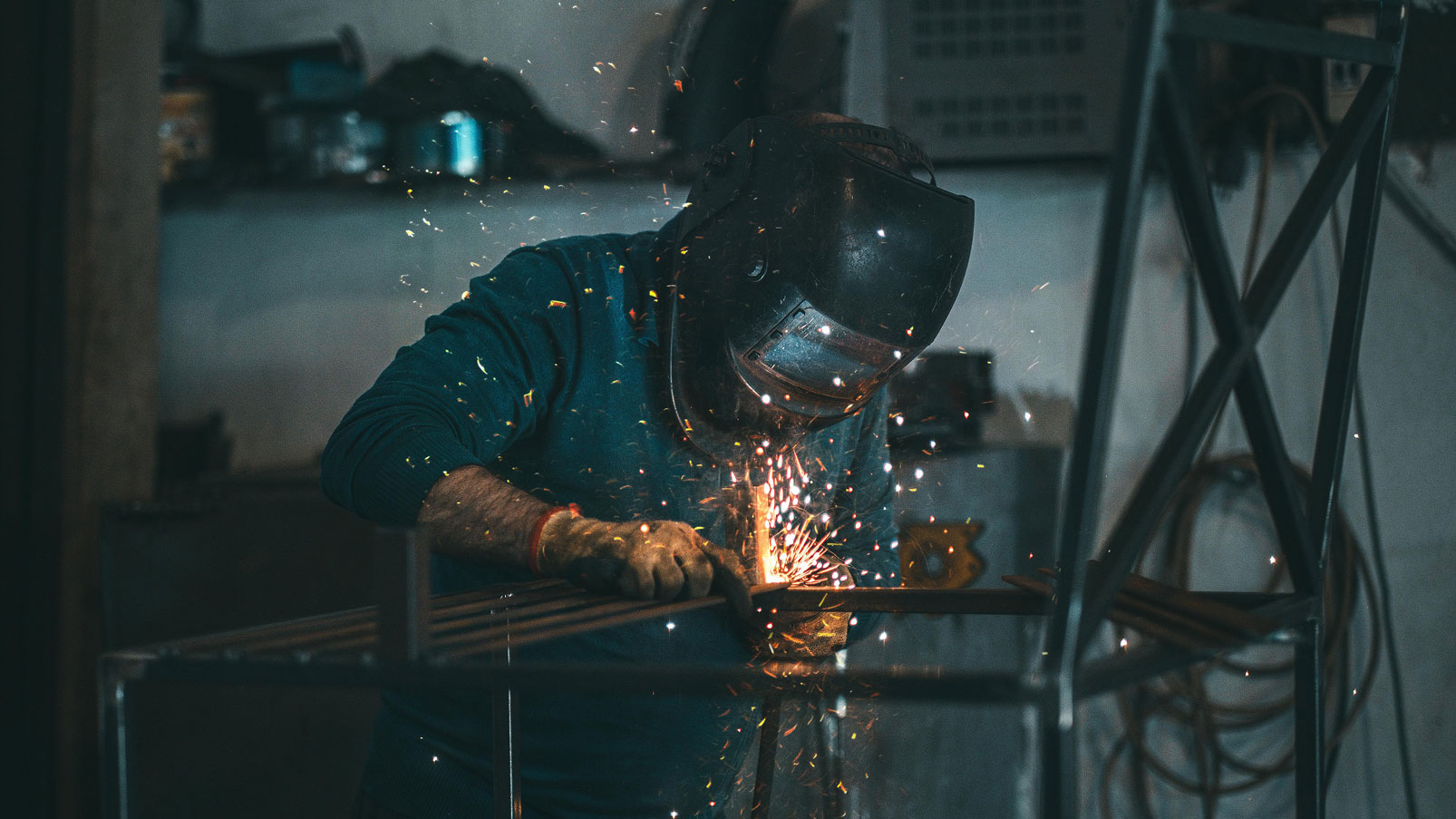An oxygen cylinder supports critical work in medical and industrial settings. Treat oxygen with care: keep away from oils and greases, and confirm compatible materials at fittings. Use this quick guide to choose sizes and train safe handling.
Cylinder choices and use cases
- Medical gas cylinders: sized for therapy and facility backup
- Portable oxygen tank: mobile use and field work
- Plant oxygen: larger cylinders for continuous processes
Handling standards
- Restrain cylinders upright; cap when idle
- Keep ignition sources and fuel gases well separated
- Use oxygen-compatible lubricants only
- Check labels, test dates, and regulator ratings before use
Flow and pressure control
Use regulators and hoses rated for oxygen and expected pressure. Leak-check after every change. Keep spare seals and record cylinder numbers for traceability.
Storage and transport
Ventilate storage areas, maintain clear aisles, and use carts with chain restraints. Follow supplier guidance if local rules require additional controls.
Next steps
Match cylinder size to your duty cycle, document changeover routines, and train staff. [[Link to “Products – ISO Cylinders”]] [[Link to “Certifications”]]
Suggested image alt text
- Oxygen cylinder secured with valve cap installed
- Technician attaching oxygen regulator and checking leaks
- Portable oxygen tank on secured transport cart




